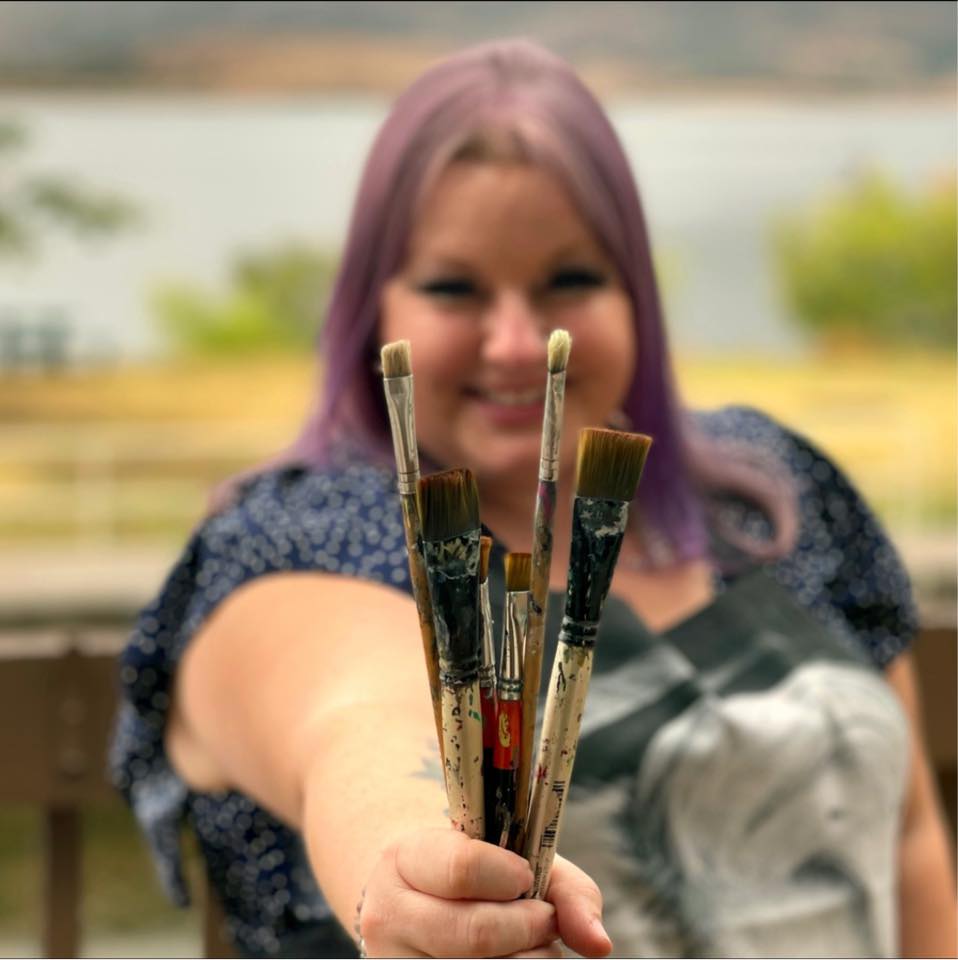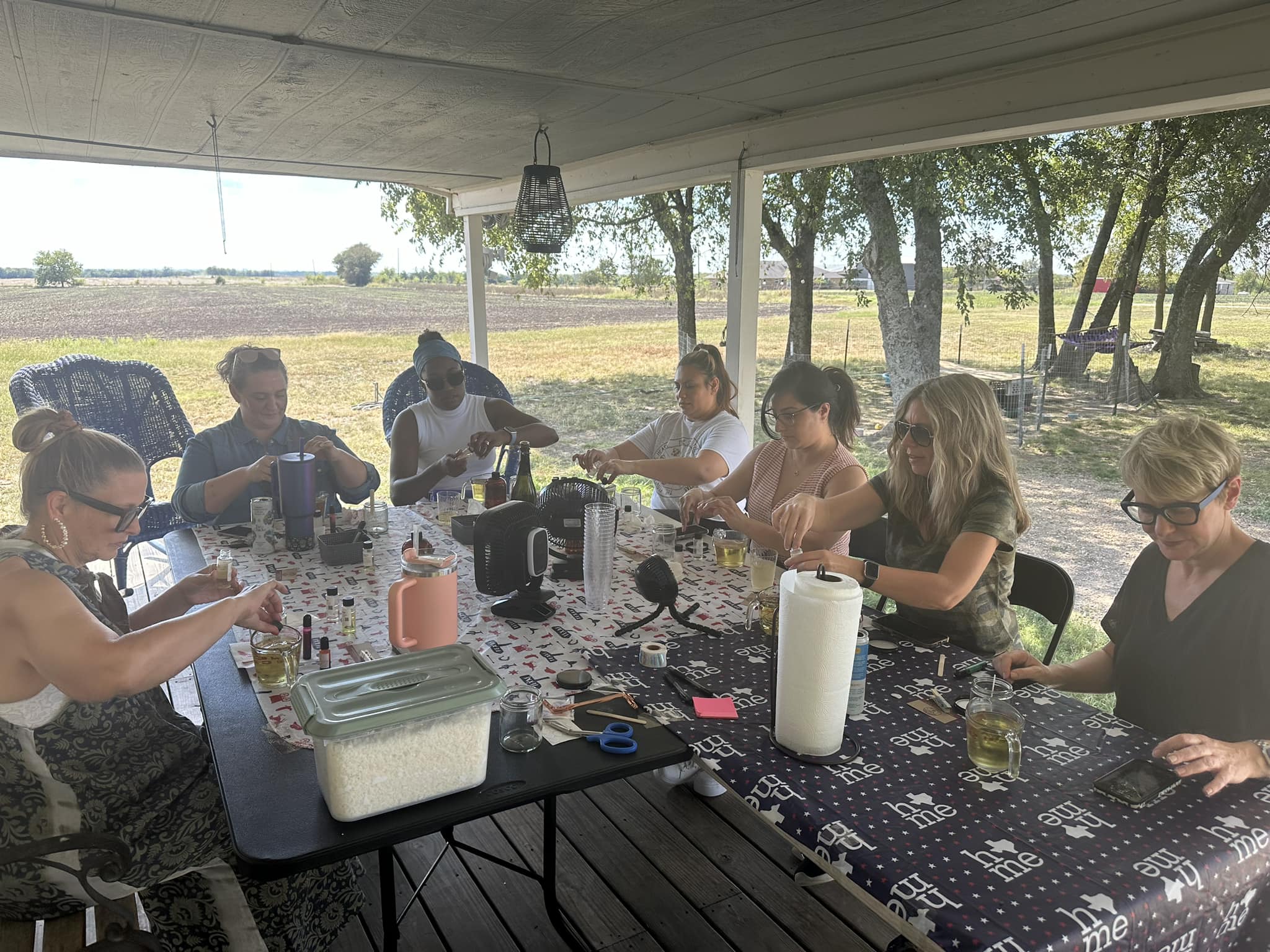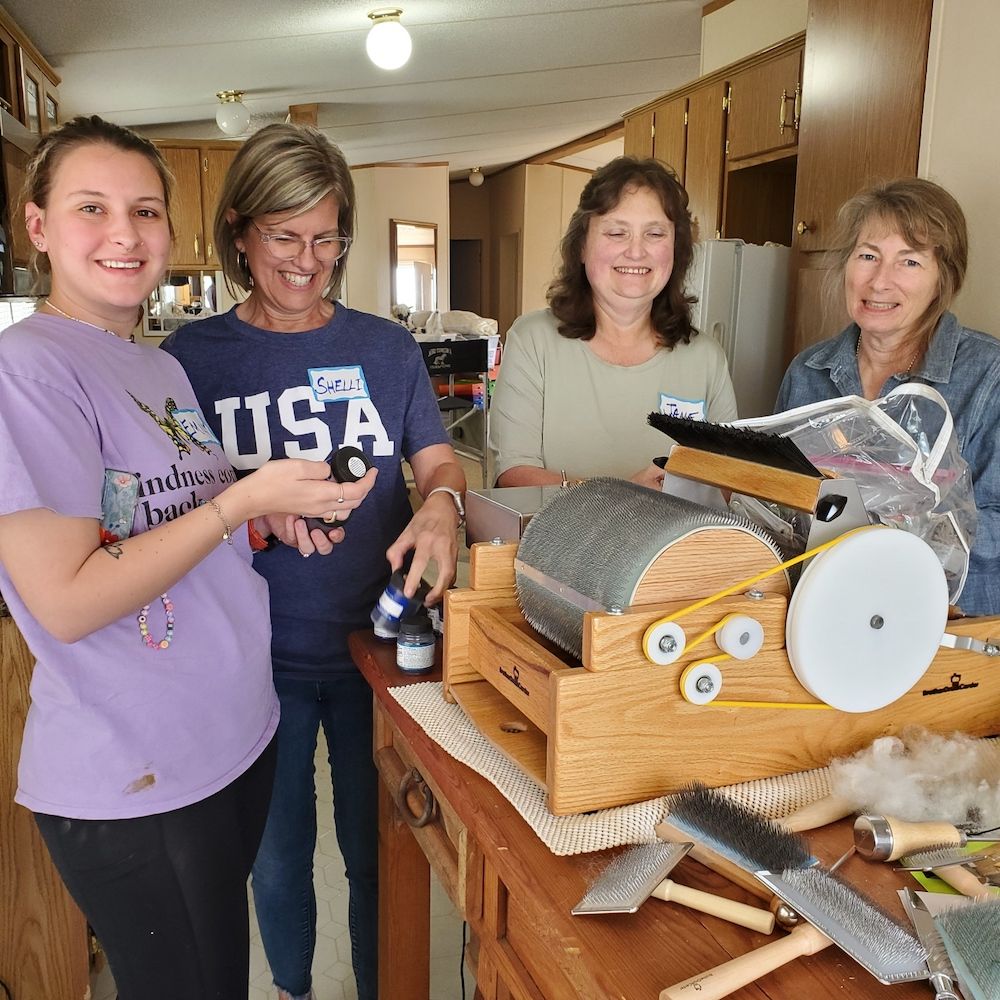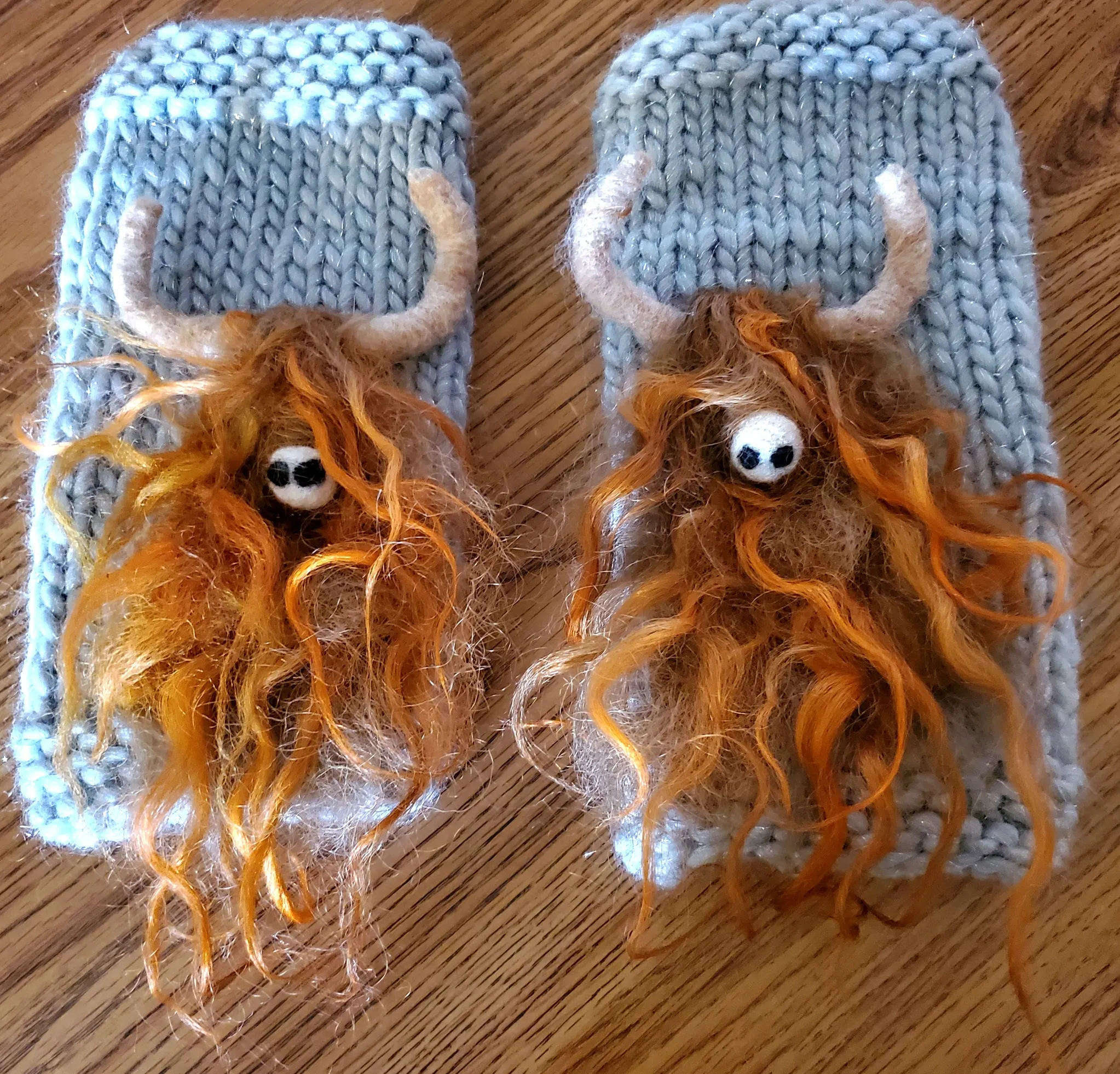Have you noticed how farms are becoming unlikely art studios? One weekend you might find people painting beside alpacas, the next pouring candles while goats mill around their feet. These creative farm experiences may sound playful — and they are — but they’re also part of a much bigger shift. Farms today aren’t just about food and animals; they’re emerging as places for creativity, connection, and culture.
From Goat Yoga to Painting with Pacas
For decades, farm outings meant pumpkin patches, hayrides, or petting zoos. Then, in 2016, “goat yoga” went viral after Oregon farm owner Lainey Morse began hosting classes with her goats — some sessions drew waitlists of over 500 people (Yoga Journal). The success proved that blending animals with cultural pastimes resonates deeply.
Today, farms are extending that idea beyond yoga mats. Workshops that mix animals with art or craft are increasingly common — from alpaca painting sessions to candle-making with goats — offering something social, tactile, and memorable.
Why It’s Happening Now
Several cultural, social, and economic forces are converging:
- The experience economy. People increasingly value memorable experiences over material goods. A painting created next to an alpaca or a candle poured in a goat barn is more than a souvenir — it’s a story (Harvard Business Review).
- Post-pandemic priorities. After years of screen-based connection, many crave hands-on, low-tech activities in real spaces.
- Well-being benefits. Research shows animal-assisted activities lower stress and improve mood (Frontiers in Psychology; AERA Open), while creative expression itself reduces stress hormones and supports mental health. Together, they create a uniquely restorative experience (Art Therapy journal).
- The pull of making. Many of us feel a longing to slow down and work with our hands. Creative farm experiences speak to that need, offering not just a craft to complete but a rhythm to rediscover. (See also: Why We’re Longing to Make Things Again—And Finding Answers on Farms)
- Farm resilience. Agritourism provides critical diversification. Most farms don't earn a lot from creative experiences, but it helps create new revenue streams, including in off seasons. And some U.S. farms do earn significant amounts, reporting an additional $25,000 to $100,000 in annual revenue, with a few topping $1 million (Reuters). For small farms, that income can be the difference between survival and closure.
How Big Is This Movement?
Reliable data on creative agritourism niches is still limited. But the broader picture is clear: the global agritourism market was valued between $30 and $70 billion in 2022, with forecasts predicting it will more than triple by 2032.
While “art + animals” is a smaller slice, its visibility is growing quickly. Pinterest, Instagram, and TikTok feeds are filled with alpaca painting parties, goat-assisted crafting, and wool-working workshops — and demand shows no sign of slowing.
What It Says About Us
Creative farm experiences may look lighthearted, but they reflect deeper cultural needs:
- We’re craving joy and well-being. Animals and creativity both support mental health; together, they offer comfort, playfulness, and restoration.
- We want connection to land and agriculture. Visitors don’t just leave with a canvas or candle — they leave with a story about food, fiber, and the people who produce them.
- We’re redefining farms as cultural spaces. Beyond production, farms are becoming places for creativity, learning, and community.
At Delve, we look for experiences that go beyond entertainment. The goal isn’t just to stage an event on a farm, but to help visitors connect with the farm itself — its animals, its land, and its people.
Real-World Examples You Can Try
Here are a few ways this movement comes to life in Texas through Delve:
Don't have a group? Join the waitlist to hear about upcoming public sessions of these and more animals + art experiences.
Each of these experiences is more than fun. They’re part of a new way farms sustain themselves, welcome communities, and help people find joy.
The Future of Art + Animals on Farms
Looking ahead, farms will likely continue experimenting with creative offerings — from music in the barn to plein-air sketching in the pasture. The draw is clear: these activities give farms resilience while giving visitors the connection and creativity they’re hungry for.
Whether you’re joining a waitlist or planning a private group, these experiences invite you to see farms not just as places of production, but as places of inspiration.
📚 References
- Harvard Business Review Press (1998). Welcome to the Experience Economy.
- Frontiers in Psychology (2012). Psychosocial and Psychophysiological Effects of Human-Animal Interactions.
- AERA Open (2019). Animal-assisted Interventions for College Students: Reducing Stress and Anxiety.
- Art Therapy (2016). Reduction of Cortisol Levels and Participants’ Responses Following Art Making.
- Reuters (2025). U.S. farmers turn to Airbnb, corn mazes to outlast downturn.
- Allied Market Research (2023). Agritourism Market Size, Share & Trends.
- Expert Market Research (2024). Global Agritourism Market Report.
- Yoga Journal (2025). A Happy Phenomenon: Goat Yoga Becomes a Legit Phenomenon.










